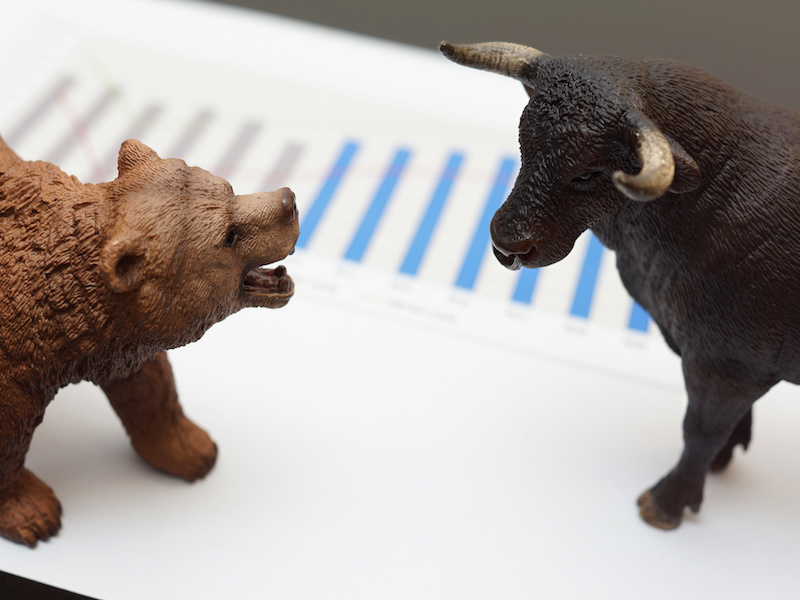

The current U.S. economic expansion has just become the longest on record.
This period of uninterrupted growth has driven strong market performance over the past decade but increased risks to investors. Aside from the complacency engendered by fading memories of the prior downturn, it actually gets more challenging to assess companies’ cyclical vulnerability when they haven’t been stress tested for a considerable period.
One of the most dangerous places to be caught in an economic downturn is holding companies with earnings’ vulnerability that is underestimated by the market. One doesn’t need to believe the next recession is around the corner to be concerned that the economic sensitivity of some companies may not be fully appreciated by the market.
For most investors, the starting point for judging a company’s cyclicality is observing what occurred during the previous downturn. That provides a real-life data point regarding the degree to which the firm’s revenues and earnings were hit in the last recession. But as that stress test recedes into the past, it becomes less useful as a tool for assessing a company’s current economic sensitivity because significant changes may have since taken place.
For example, a company’s business mix may have shifted through either acquisitions or organic growth into other segments, which may be more or less cyclical. Further, its geographic exposure may have changed (e.g., a firm may have expanded overseas, which should reduce its sensitivity to a recession in its home market). Also, occasionally, firms make a case that their core business has become less cyclical (e.g., a shift from one-time license purchases to recurring subscriptions for some software companies may lessen their cyclicality).
The risk is that in some cases investors may presume that the company has become significantly less cyclical as a result of these changes and thus award its stock a higher multiple. Whereas the actual change in the degree of that company’s cyclicality may be more modest than the bull case would suggest, which cannot be disproven until the next recession takes place. In short, the more time that passes since the prior recession, the easier it is for some to dismiss that experience as irrelevant. Further, some firms weren’t even around during the last downturn, so the cyclicality of their business is untested.
Risk may be greatest in cases where companies have enjoyed robust growth driven by a combination of secular and cyclical forces. The market understands that car manufacturers are highly cyclical. But in some cases, it is difficult — even for those willing to do the work — to disentangle how much of a company’s growth was due to a benign macro environment versus structural growth drivers that are unrelated to the state of the economy. These stocks may be the most dangerous because the economic sensitivity of a company’s earnings may turn out to be much greater than the market assumes.
However, there are some cyclical companies that can hold up even in a severe recession, where managers must distinguish how much of the growth has been cyclical versus secular. A good example of this is the payment network companies. Their revenues consistently grow several percentage points above the growth rate in personal consumption expenditures due to the secular tailwind of electronic payments taking market share from cash and checks. Even in the severe recession of 2009, their revenue growth remained positive.
In addition, investors should be mindful of the aggregate cyclical exposure in their portfolios; each company’s economic sensitivity needs to be assessed. And, investors should beware that not all growth is the same. Cyclical growth can be dangerous when the market turns. But cyclical growth masquerading as structural growth, with its associated higher valuation, can be disastrous. Ultimately, investors can seek to avoid those pitfalls by knowing what they own. This requires both being restrictive in defining an opportunity set and doing rigorous research on the select companies considered for investment.
Igor Krutov is director of research at Vontobel Asset Management.
